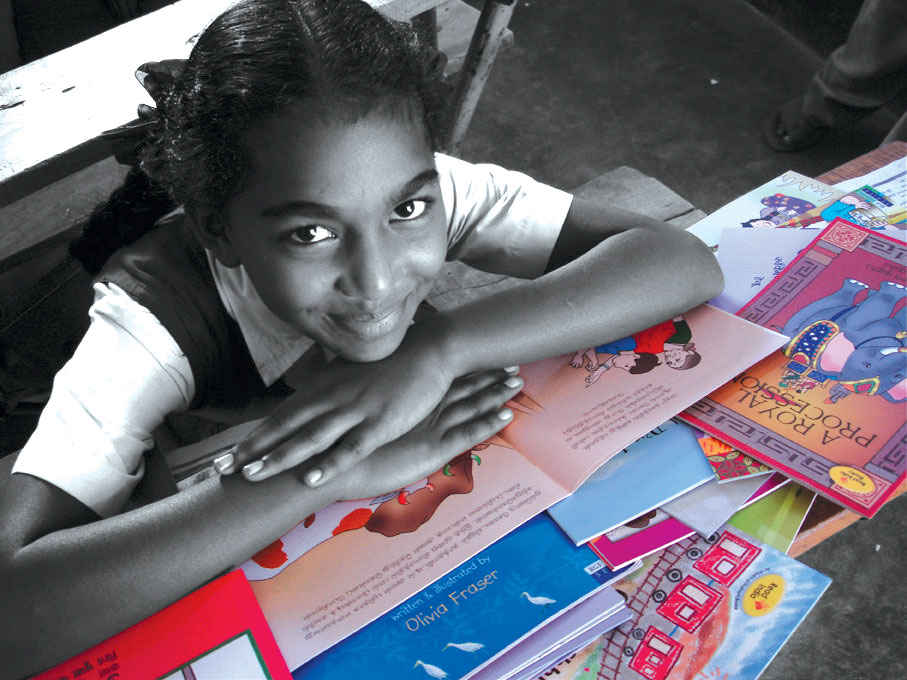
5 Ways to Foster a Love of Reading

Many parents feel the need to encourage their children to only read books that they see as having “educational” value. Try not to feel this pressure. Instead, encourage your child to read material on topics that he finds interesting, whether it’s sports, fashion, nature, biographies, bugs, or just about any other topic that peaks his interest.
Also, don’t limit your child to books – magazines, comics, websites, newspapers, and electronic devices are all great choices. The more children can connect with the material, the more likely they will be to continue reading while enjoying the process.
Make reading a multi-sensory experience.
Rather than sticking with a traditional, two-dimensional book, try to make the experience more multi-sensory for your child. When reading a book like I Love Chocolate, for instance, take out a piece of chocolate and have your child smell and taste it for a sensory experience. When reading No More Monkeys Jumping on the Bed, encourage your child to jump on the bed like the monkeys do in the story (hopefully without the head bumping).
As an alternative, try creating a tent using blankets and chairs, grab a flashlight, and read a spooky story underneath the “roof.” Your child will love these rituals and will come to look forward to the shared reading experience.
Expose your child to books you loved when you were young.
Many adults grew up with books such as The Giving Tree, Goodnight Moon, The Very Hungry Caterpillar, The Boxcar Children Series, and numerous others. As you read them (or your child reads them to you), tell her stories about your childhood experiences with them. Did you have a special reading spot at home? How old were you when you read certain books? Who first read them to you? Children love hearing these stories, and it makes them feel even more connected to the material and the experience.
Be a role model for reading.
With our countless errands, endless to-do lists and whirlwind days, it can be challenging to fit in reading for pleasure. Yet if your child doesn’t see you engaging in reading as a hobby, she’ll be less likely to pick up a book for pleasure and more likely to find an alterative game, app, or tech toy to play with. Even if you can only fit in reading sparingly, try to make an effort to do so, and when you do, make sure your child sees you.
Play games! Reading doesn’t have to always involve a book.
There are many alternatives for practicing reading, including decoding signs along the highway and reading product labels at stores. Playing games are typically exciting activities for kids, and can be disguised as sheer fun while simultaneously reinforcing reading. Zingo, for instance, gives pre-readers and beginning readers practice reading words and matching them with pictures. Snap It Up! is great for learning word families. Chunks is an entertaining game for reinforcing decoding, and the Learning Resources Reading Comprehension cubes are great for building reading comprehension skills.
There are many activities and experiences that can turn reading from seemingly mundane to enthralling and exciting for kids. Try these tips and watch your child develop a true love of reading!
